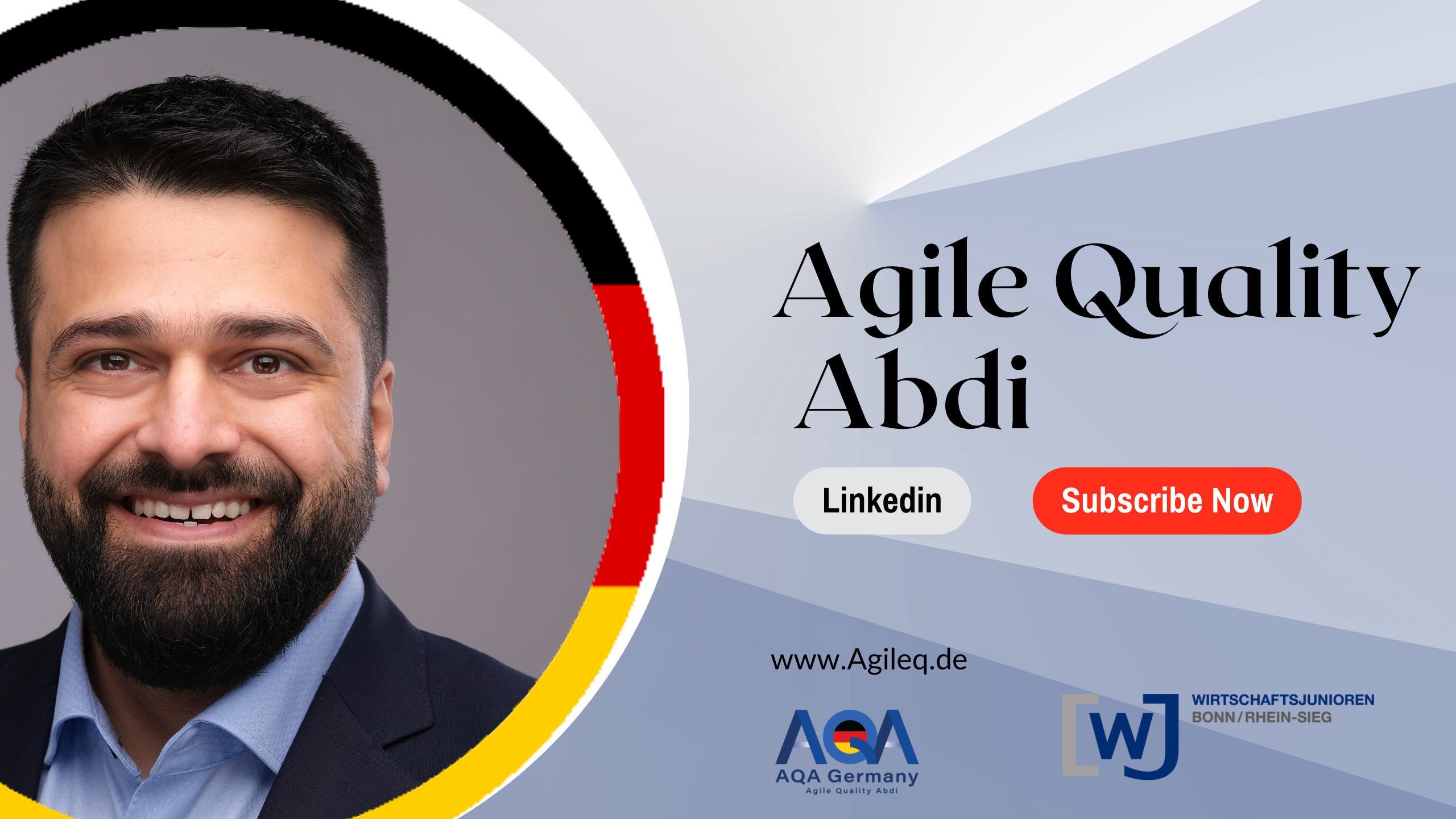- Providing the best quality in any industry is a major challenge as customer requirements change over time. Some of the traditional and complex industries such as the automotive industry are not exempt from this development. In the age of so-called Industry 4.0, the automotive industry is facing many changes due to digitalization and the increasing use of software in the automotive industry in Germany.
- These changes include, for example, the introduction of sensors to measure air quality, parking assistants, advanced driver assistance systems (ADAS), automated or autonomous driving and higher requirements for the functional safety of cars. Suppliers at the various levels of the supply chain, the so-called Tier1 ... n suppliers, must therefore adapt to new product features and more flexible products, also because the end consumer has new requirements in terms of mobility, safety and comfort. This applies in particular to Tier 1 and Tier 2 suppliers, i.e. direct suppliers to the original equipment manufacturer (OEM) or suppliers to Tier 1 suppliers.
 To meet these new requirements, manufacturers will have to make extensive changes to production lines and assembly, use more machines and robots instead of people and install more software in vehicles. To make this happen, two industries must join forces: the automotive industry and the software industry. However, these two industries have different timeframes for product design and prototyping, development and production. When two industries work together to develop new features, products or services, the biggest challenge is that different quality requirements need to be met. In the case of the automotive industry and the software industry, a historically grown and well-established industry (automotive industry) meets a newly growing and flexible industry (software industry). Both industries have different levels of maturity and different quality management.
To meet these new requirements, manufacturers will have to make extensive changes to production lines and assembly, use more machines and robots instead of people and install more software in vehicles. To make this happen, two industries must join forces: the automotive industry and the software industry. However, these two industries have different timeframes for product design and prototyping, development and production. When two industries work together to develop new features, products or services, the biggest challenge is that different quality requirements need to be met. In the case of the automotive industry and the software industry, a historically grown and well-established industry (automotive industry) meets a newly growing and flexible industry (software industry). Both industries have different levels of maturity and different quality management.
